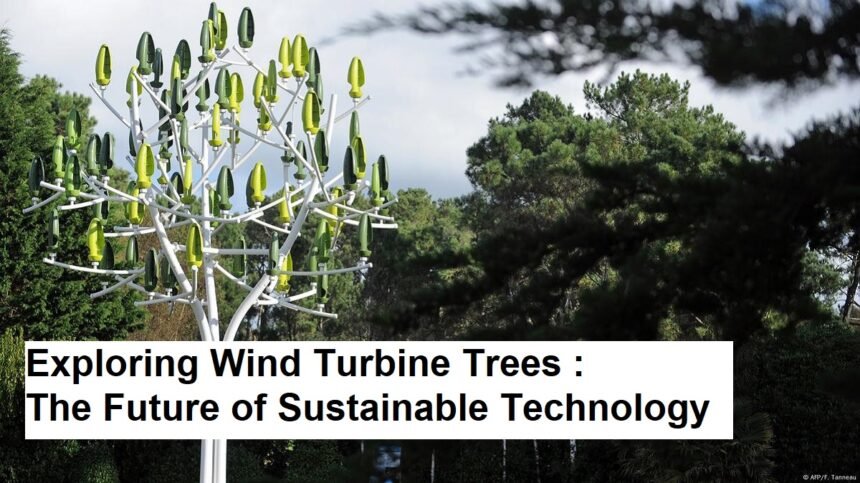Introduction
As the world shifts towards sustainable energy sources, innovative solutions are constantly emerging to combat climate change and reduce reliance on fossil fuels. One of the most exciting developments in renewable energy technology is the concept of wind turbine trees. These structures offer an environmentally friendly and visually appealing alternative to traditional wind turbines, promising to revolutionize the way we harness wind power.
What Are Wind Turbine Trees?
Wind turbine trees are unique, tree-inspired structures designed to generate electricity from wind. Unlike conventional wind turbines, which are usually large, tower-mounted blades, wind turbine trees resemble the natural shape of a tree — with multiple smaller blades or turbines mounted on branches or a central trunk. These structures are designed to seamlessly integrate into urban or rural landscapes, providing a discreet and aesthetically pleasing option for renewable energy generation.
The concept was pioneered by innovative green technology companies, emphasizing not only energy efficiency but also environmental harmony. Wind turbine trees utilize similar principles to traditional turbines: capturing wind energy and converting it into electrical power. However, their design emphasizes scalability, visual integration, and safety.
Why Are Wind Turbine Trees Considered Eco-Friendly?
- Minimal Visual Impact
Traditional wind turbines can be eye-catching and sometimes controversial due to their size and visual prominence in landscapes. Wind turbine trees, with their design mimicking natural trees, blend into the environment more naturally, reducing visual pollution and increasing acceptance. - Reduced Noise Pollution
The smaller blades and innovative design allow wind turbine trees to operate more quietly than traditional turbines. This makes them suitable for installation in urban and residential areas where noise could be a concern. - Lower Environmental Disruption
The modular and scalable nature of wind turbine trees allows for their installation on rooftops, in parks, or along city streets, causing less disruption to ecosystems and wildlife compared to large, ground-based turbines. - Promotes Urban Renewable Energy
By adapting to urban settings, wind turbine trees enable cities to produce clean energy locally, reducing dependency on centralized power plants and decreasing transmission losses.
How Do Wind Turbine Trees Work?
These structures operate similarly to traditional wind turbines but with innovative engineering. Small turbines are mounted vertically on a trunk-like structure or branches, capturing wind from different directions. As wind flows across the blades, it causes them to spin, turning turbines that generate electricity.
Advanced models incorporate sensors and smart technology to optimize wind capture and energy output. Moreover, small-scale turbines are often built to operate efficiently at lower wind speeds, making them suitable for diverse environments.
Benefits Over Conventional Wind Turbines
- Space Efficiency: Wind turbine trees take up less ground space, making them ideal for urban environments or limited spaces.
- Aesthetic Appeal: Their tree-like appearance makes them more attractive and less intrusive.
- Scalability: Multiple small turbines can be incorporated into a single structure to enhance power generation capacity.
- Versatility: They can be installed on rooftops, parks, or along highways, increasing their accessibility.
Future Prospects and Challenges
While wind turbine trees hold great promise, there are technological challenges to address. These include improving turbine efficiency, reducing manufacturing costs, and ensuring durability against extreme weather conditions.
Research and development continue, with prototypes already tested in various locations worldwide. As technology advances, wind turbine trees could become a common sight in urban landscapes, transforming cities into active contributors to renewable energy.
Conclusion
Wind turbine trees represent a significant leap forward in environmentally friendly energy technology. Combining aesthetic elegance with functional efficiency, they embody the innovative spirit necessary for a sustainable future. As they become more widespread, these structures could play a pivotal role in reducing carbon emissions, promoting urban green initiatives, and making renewable energy accessible to more communities worldwide.
The development of wind turbine trees illustrates how nature-inspired designs can lead us toward smarter, cleaner, and more harmonious ways to power our world.












